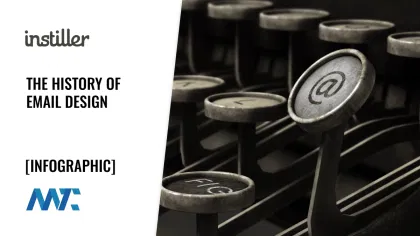
The first email Ray Tomlinson sent was a test e-mail Tomlinson described as insignificant, something like QWERTYUIOP. When he showed colleague Jerry Burchfiel, the response was:
Don’t tell anyone! This isn’t what we’re supposed to be working on.
As of 2023, the number of people using email has reached significant numbers, reflecting the technology’s integral role in global communication. There are over 4 billion email users globally, with an average person having 1.75 email accounts, suggesting a vast number of active email accounts.
Considering the average number of email accounts per user, the total number of email accounts worldwide would be significantly higher than that of users, as many individuals maintain multiple accounts for personal, professional, and other purposes.
Moreover, the volume of emails sent daily underscores the widespread use of email, with reports suggesting around 333.2 billion emails sent per day, a figure expected to grow in the coming years.
History of Email Design Changes
Uplers has put together this great video on what features and layout support have been added to email over the years.
The history of email design reflects the broader evolution of web technologies and user experience preferences. Here’s a comprehensive look at how email design has evolved over the decades:
1970s: The Dawn of Digital Communication
In the 1970s, emails were text-based, using the ARPANET (Advanced Research Projects Agency Network), the precursor to the Internet. There were no graphics, just simple text commands and messages sent between users on the same network.
1980s: The Emergence of Standards
As email became more popular in the 1980s, standards like SMTP (Simple Mail Transfer Protocol) were developed to send messages across different networks. Email design was still text-only, but the use of email clients began to standardize the way emails were composed and read.
1990s: The Introduction of HTML
The 1990s saw the introduction of HTML (HyperText Markup Language) in emails, allowing for fonts, colors, and basic layouts. This was the first step toward the rich multimedia emails we’re familiar with today.
2000s: The Rise of CSS and Accessibility
The 2000s brought more sophistication to email design with the adoption of CSS (Cascading Style Sheets), which allowed for better control over the layout and styling of email elements. Accessibility also became a consideration, with designs considering how different devices and users with disabilities read emails.
The Present and HTML5
Today’s email design is highly responsive and interactive, thanks to HTML5 and advanced CSS. Modern email clients support:
- HTML5 video and audio elements allow embedded multimedia content directly within emails.
- CSS3 properties for more dynamic layouts and animations, enhancing user engagement.
- CSS media queries adapt the email’s design to the viewer’s device, ensuring readability and functionality across mobile phones, tablets, and desktops.
- Semantic HTML5 elements improve the accessibility and structure of email content, making it easier for screen readers to navigate.
- Meta tags in the HTML head of an email that can define styles, character sets, and other document-level information.
Updates in Metadata and Email Clients
Email clients now often support metadata that enhances the email experience:
- Schema.org markup adds context to the email content, improving the visibility of emails in search and enabling features like quick actions in Gmail.
- Custom headers for improved email tracking and analytics.
- Advanced CSS techniques like grid layouts and flexbox for more complex designs that are still flexible and responsive.
The Future of Email Design
Looking to the future, email design is likely to become even more interactive and personalized. We may see:
- Further adoption of AMP (Accelerated Mobile Pages) for emails, allowing for live content updates and interactive features within the email itself.
- Increased personalization through AI and machine learning (ML), tailoring content to individual user behaviors and preferences.
- Better integration with other digital tools and platforms, making emails a seamless part of broader marketing and communication strategies.
The history of email design is a testament to the evolution of digital communication. From simple text messages to rich, responsive designs, email has continuously adapted to meet users’ changing needs and expectations. With the ongoing advancements in web technologies, email design will keep evolving, offering more dynamic and engaging communication methods.